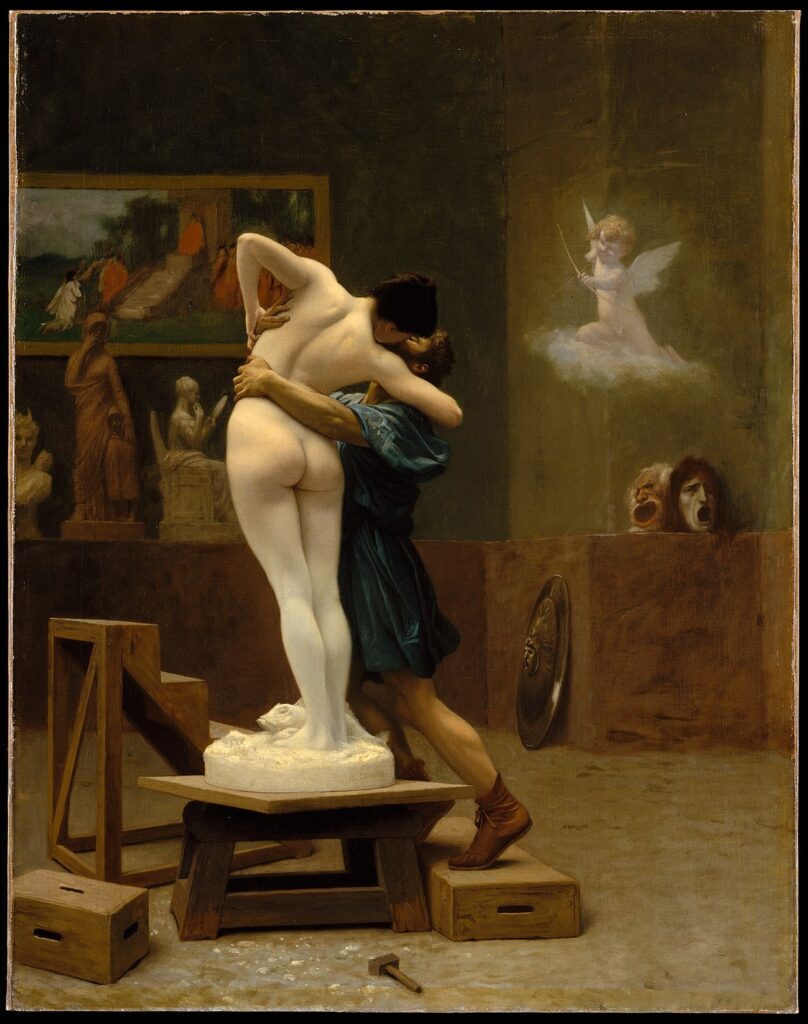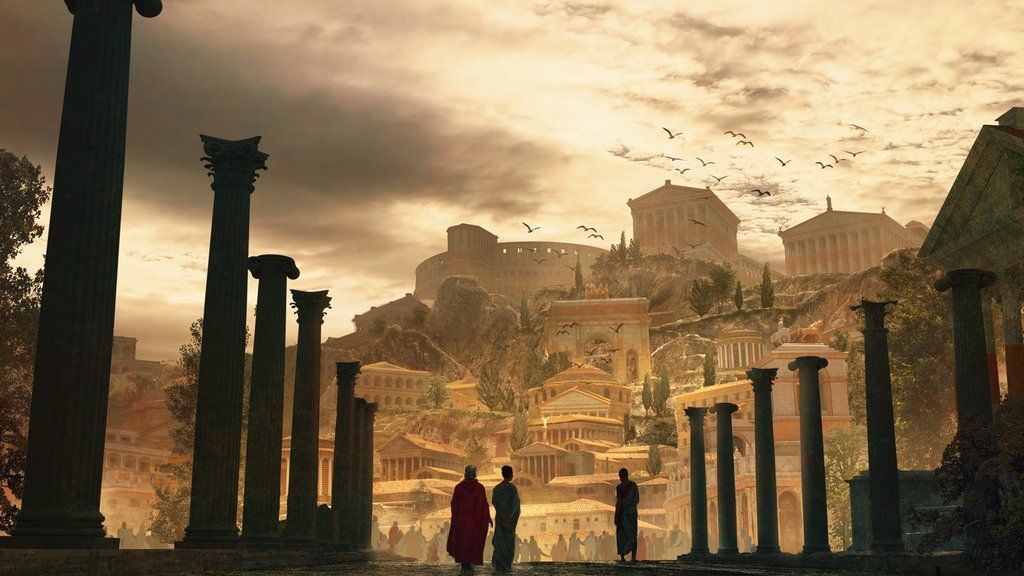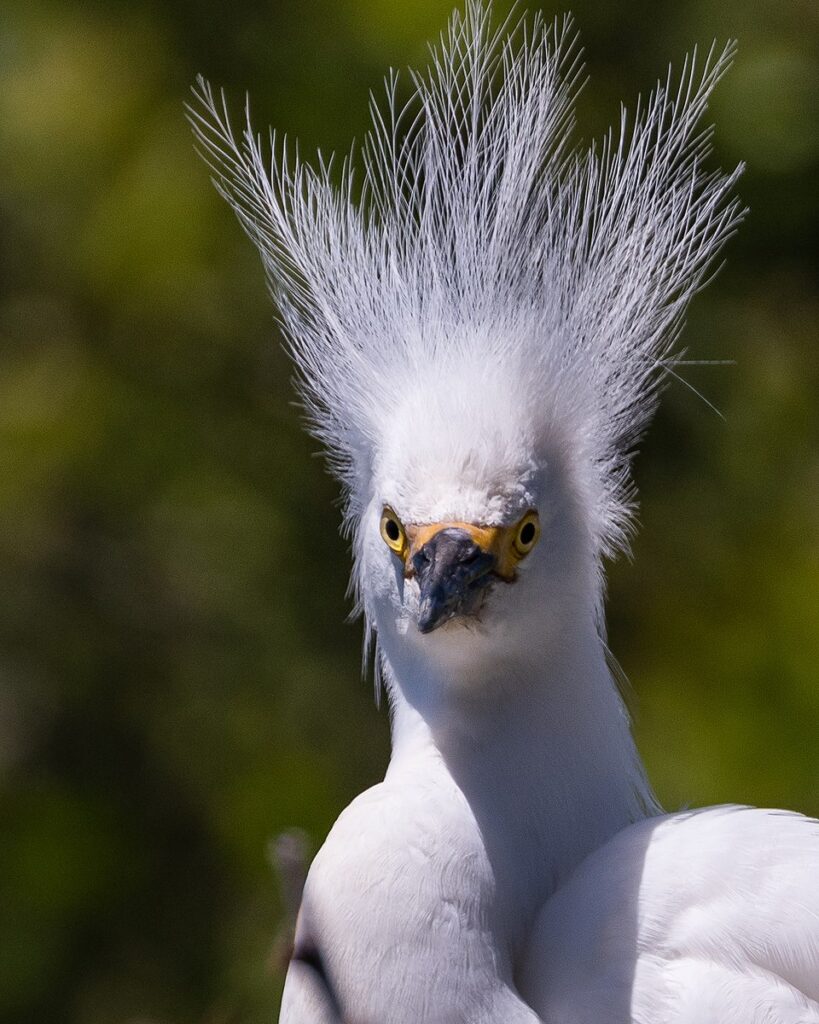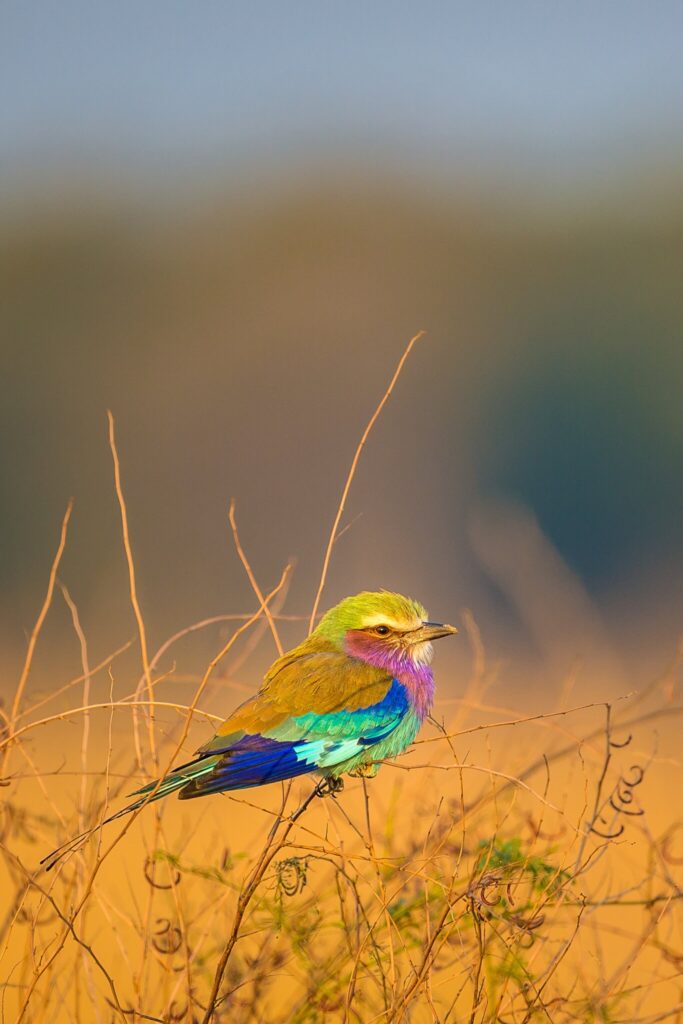
Bending the gods to our will…
Imagine this: All the gods, from all of Earth’s centuries and cultures, are called to Rome to decide the fate of humanity.
Ursula K. Le Guin’s poetic essay “A Conference in Time“ does exactly that, offering us an evocative take on the necessity of Earthly rescue – and on our relationship with the mighty powers that have manuvered us forever.
Here are her opening lines:
“Sometime between the beginning and the end,
who was it called, what great lamenting voice?
A word rang out across the inner sky
of jeweled zodiac zone and sailor’s star,
across the close-shored seas, the long-known lands,
to come, to meet in council in eternal Rome...”

Photographer Jimmy Nelson (below, left) from The Netherlands knows no limits of time or effort or artistry to honor the Earth’s indigenous tribes. He can tell a dozen stories with but one gorgeous and evocative image.

Let him take you “hand in hand on your own exploration across the beauty of the world.” Or attend his current exhibit, “HUMANITY,” in Milan, Italy, open until January 21, 2024.

Now, let’s dance! This beautifully rendered, five-minute BBC video reminds us why “we are a world of movers.”
The complex and dangerous challenges of creating art in the face of terror happens daily across the planet. Here are three artists in Iran seeking to capture the hope and turmoil of the major uprising there. The Washington Post uses only their first names: Emad, Negin and Farnoud.
Forever, amid the chaos and the fury, we need reminders of joy and enlightenment — be it the aroma of spring on a soft breeze, a teacher’s kind insights, or the colorful, entrancing flow of Renoir’s dancers at Bougival:

Boston Museum of Fine Arts, USA
One’s life story cannot be told
~ Helen Keller
with complete veracity.
A true autobiography would have to be written in states of mind, emotions, heartbeats, smiles and tears – not in months and years,
or physical events.
Life is marked off in the soul, by feelings,
not by dates.
Time for a worldwide dance party, a celebration of humanity like no other, this exuberant, half-hour video from across the continents: “Jerusalema All Over The World!”
Staying with the theme of timeless joy, how can we not immediately follow our dance party with Ludwig van Beethoven’s 9th Symphony — with its “Ode to Joy” — presented in this heaven-sent rendition by the Oslo Philharmoninc under Klaus Mäkelä. Here, too, is the story behind the music.
In fact, the grandest touchstone of humanity’s music is the orchestral symphony. This essay is how the BBC’s archives introduce the top twenty symphonies of all time:
“It’s a classic rags to riches story. From humble beginnings in the Baroque period, the symphony has grown in size and influence, becoming a badge of honour among composers clamouring for recognition.
“Haydn used symphonies as a vehicle of emotion, which intensified with Beethoven. To this day his symphonies are viewed as brilliant models of how music can express the most powerful of human feelings, in ways that even words can’t emulate. How did the symphony so rapidly become capable of this?
“The answer lies in how composers quickly developed a habit in their symphonies of pitting one theme against another, weighing the relative merits of each, then pulling their conclusions together. This closely mirrored the processes of debate and interaction used in human communication, and it struck a chord deep in audiences.
“But which of the thousands of symphonies written over the centuries is the greatest? To find out, we asked 151 of today’s leading conductors to name the three symphonies they consider to be the greatest.”
This closely mirrored the processes of debate and interaction used in human communication, and it struck a chord deep in audiences.
– BBC
As for the BBC’s top choice, here’s what they write:

1) Beethoven – Symphony No. 3 (1803)
“The best symphony of all time has to be the Eroica.
“From those first two electrifying orchestral chords to the final victorious timpani flourishes it never puts a toe wrong. Architecturally it’s stunning. The whole thing is wrought from the brilliantly simple notion of a not-quite-finished tune (first heard on cellos) that continually strives for completion, and each time goes off in some fascinating new direction.
“Music that stirs, challenges and delights, a sense of vibrant musical form which ensures coherence yet remains elastic enough to admit the most acute human drama – surely that’s enough? But the Eroica also outlines what Jung what call an ‘archetypal’ pattern. Many of the world’s great myths tell of a hero/heroine who strives, fails, dies and then miraculously returns.
“There is, Jung would argue, a universal human truth contained in that story. Because Beethoven’s Eroica tells that story in music, not words, it presents that truth in its purest, most universal form. But you don’t have to know any of that to be thrilled by what Beethoven forged from it: by democratic consent, the greatest symphony ever composed.”
~ BBC Archives

We soon will be offering additional curated sections for motets, choral music, concertos, sonatas, and requiems. At the same time moving into jazz, rock, soul, rap, and all manner of indigenous music across the continents.
Photography of course tells our stories with immediate impact and no language barriers…
 |
from Sfax, Tunisia toward Italy.
(Fethi Belaid/AFP via Getty Images)
When human talent combines glorious architecture with sublime music, the result enlightens humanity. Here’s a personal tour of St. Paul’s Cathedral.
What can we learn of our environmental history from two-hundred year old landscapes? A Yale professor answers with an exhibit of landscape art. “There’s a little bit of propaganda in the way we rewrite our histories through our art and science. It is important to reflect on what our culture was and what our landscape actually looked like.”
Speaking of dance and joy and creativity and inspiration, check out Ephrat Asherie Dance. With every step, this company makes the world a better place! Watch “1960 What?” or “Odeon Trailer”

THI co-conspirator Jacqueline Wigglesworth offers the world luminoustrails.com as a place to “enrich your life through yoga, retreats, inspiration from my books and videos, sound healing, life tools and a sprinkling of ceremonial cacao!”
